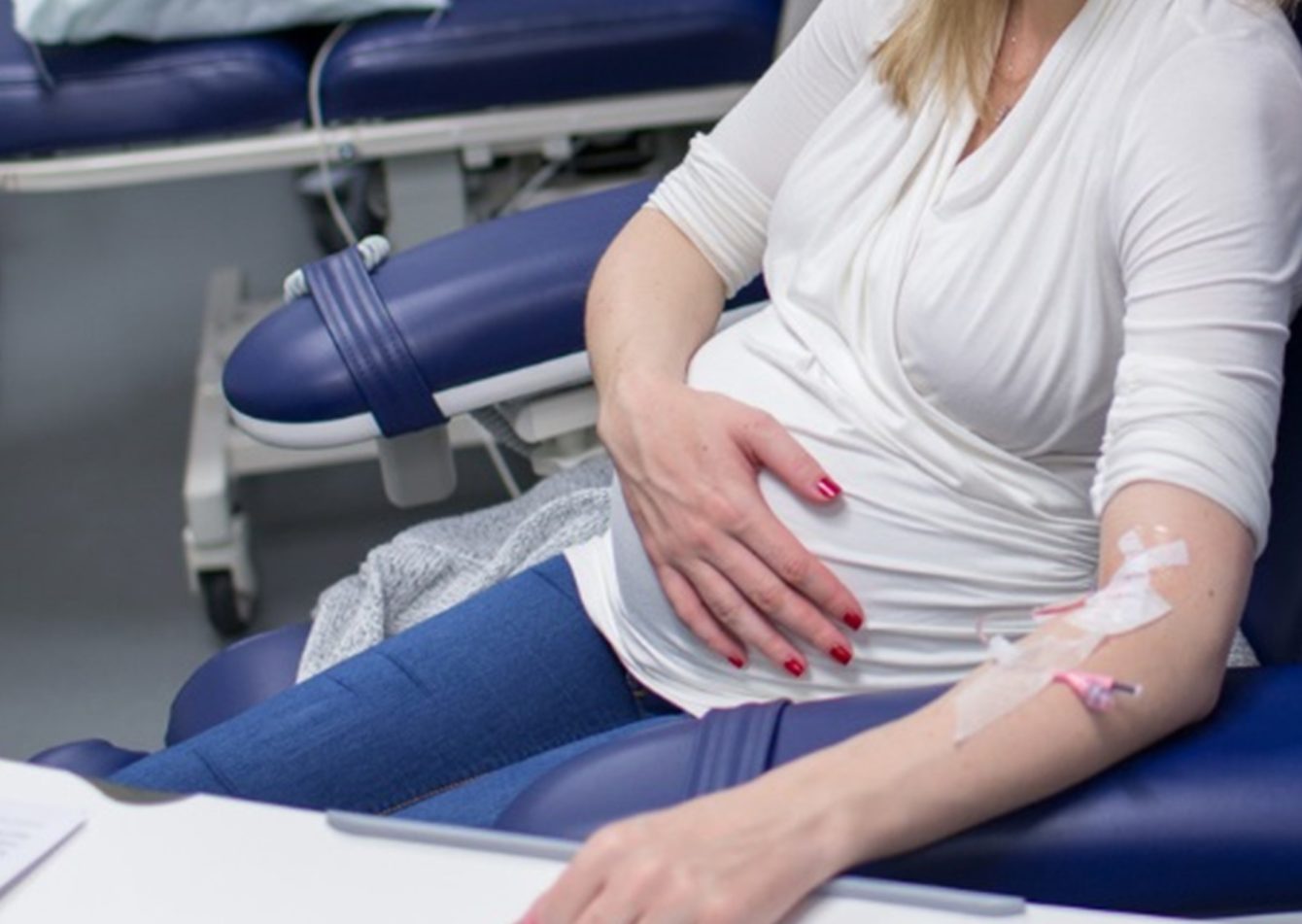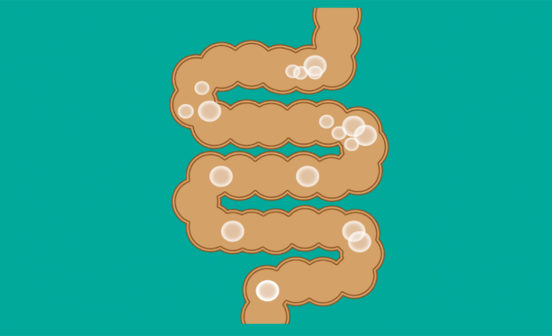DiagnosticPreventionTherapeutic Mother’s microbiome as a predictor of premature labour

In addition to being a traumatic experience, pre-term birth and its complications are the leading cause of death in children under 5 years old, worldwide. In approximately 30% of cases, pre-term labour is preceded by the rupture of fetal membranes (referred to as ‘PPROM’) prior to 37 weeks of pregnancy. One hypothesis for the cause of membrane rupture is localised inflammatory immune response against colonisation of the vagina by harmful bacteria. After membranes are ruptured, the protective environment is compromised and the baby is exposed to infection from vaginal bacteria, which ascend to the placenta and uterus, culminating in poor maternal and neonatal outcome.
The current treatment for PPROM in the UK and many other countries is a prophylactic course of antibiotics (erythromycin), which are given to reduce the risk of infection. Yet continued use of erythromycin in pregnancy is questioned, given the lack of identifiable long-term neonatal benefits, rising drug resistance and, more recently, a reported association with increased risk of cerebral palsy and epilepsy, asthma and obesity. Thus there is an urgent need for improved preventative, diagnostic and therapeutic strategies for clinical management of these complicated pregnancies.
To comprehensively understand the impact of vaginal microbiota composition on membrane rupture, and its response to antibiotic treatment during pregnancy, Imperial researchers from the Institute of Reproductive and Developmental Biology (IRDB), and the NIHR Imperial BRC Gut Health and Molecular Phenomics Themes, investigated compositions of vaginal microbiota before and after PPROM, both prior and following erythromycin prophylaxis. Analysis of samples from 250 women revealed an association between PPROM and a shift in microbiota from ‘friendly’ Lactobacillus species to more harmful types, such as Staphylococcus and Streptococcus. Importantly, the study showed that in women with Lactobacillus dominance before antibiotic treatment, erythromycin triggered a decline in the colonisation of these favourable species, and increased numbers of pathogenic bacterial species- a risk factor for subsequent neonatal sepsis. Conversely, erythromycin treatment appeared to be potentially beneficial in some women colonised by pathogenic bacteria.
This study, published in BMC Medicine, not only demonstrates that an unbalanced and diverse vaginal microbiome is a risk factor for PPROM and subsequent clinical outcomes, it also has crucial implications for the use of erythromycin prophylaxis in the context of pregnancy with PPROM complications. While some women may benefit from this standard treatment, it may prove detrimental to a large sub-population of women with PPROM. The authors suggest a more personalised approach to treatment, such as more selective antibiotics or different routes of administration, could improve maternal and neonatal outcomes.




